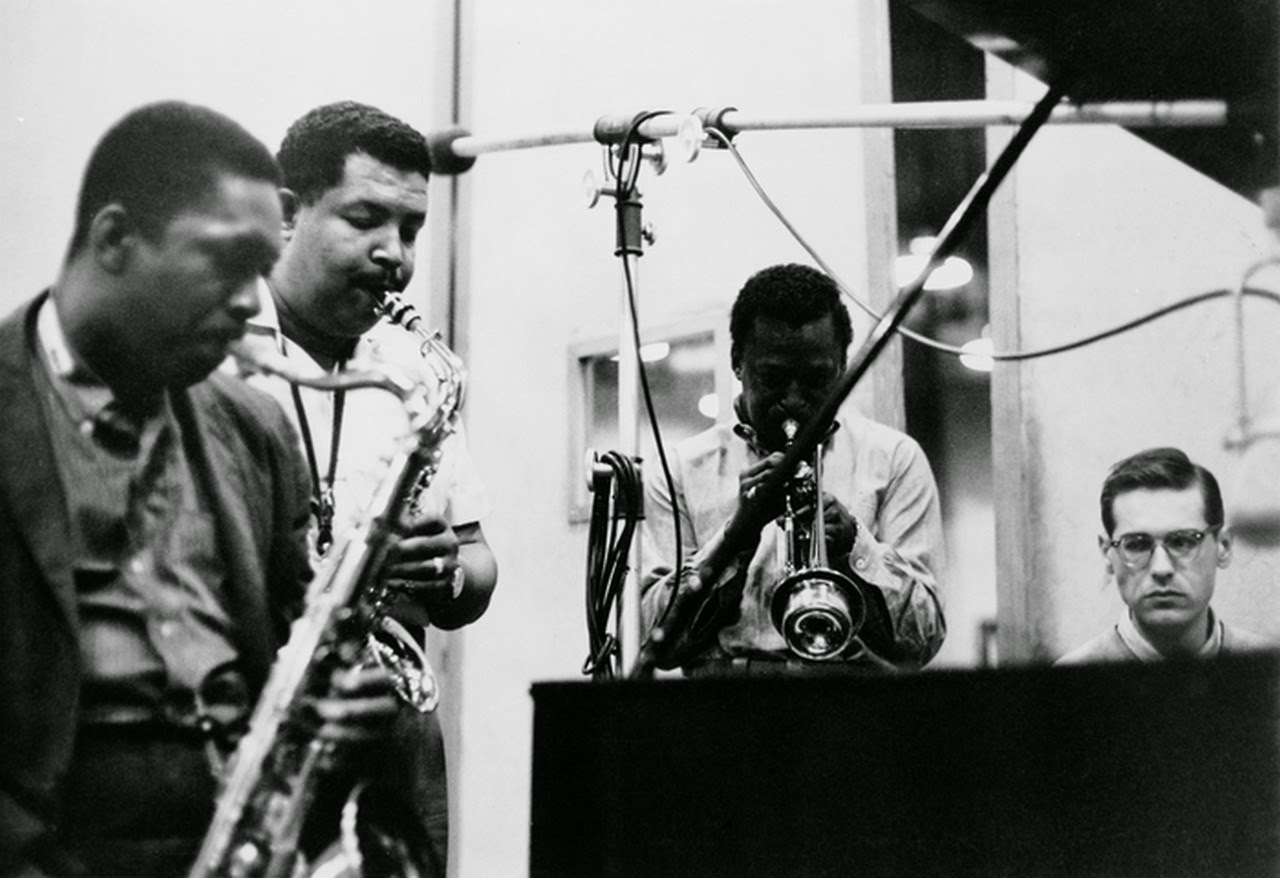- Joined
- Aug 14, 2018
- Messages
- 2,823
- Likes
- 8,322
No that’s objective reality. You can’t squeeze a 100 piece orchestra between two speakers at home. The expansion of the soundstage is more accurate to the actual orchestra used for any given recording. The disparity is so substantial that this is always going to be an objective fact.
How wide was the real performance space for Dark Side of the Moon? Where were the four members of Led Zeppelin physically standing or sitting when they recorded the tracks on Led Zeppelin II? Were all the musicians standing in the same place during each of the two recording sessions for Kind of Blue?
What's the typical width and depth of a performance stage that fits a 100-piece orchestra? What's the typical width and depth of a home hi-fi listening space? What's the typical height of a large orchestral hall? What's the typical height of a home hi-fi listening space?
If you stretch a recording's perceived width far more than you stretch its perceived depth and still far more than you stretch its perceived height, is that realistic?
If you feel like the instruments are jumping out of the plane of the speakers so that they can come very close to you, is that realistic with regard to listening to an orchestra in a large hall?


